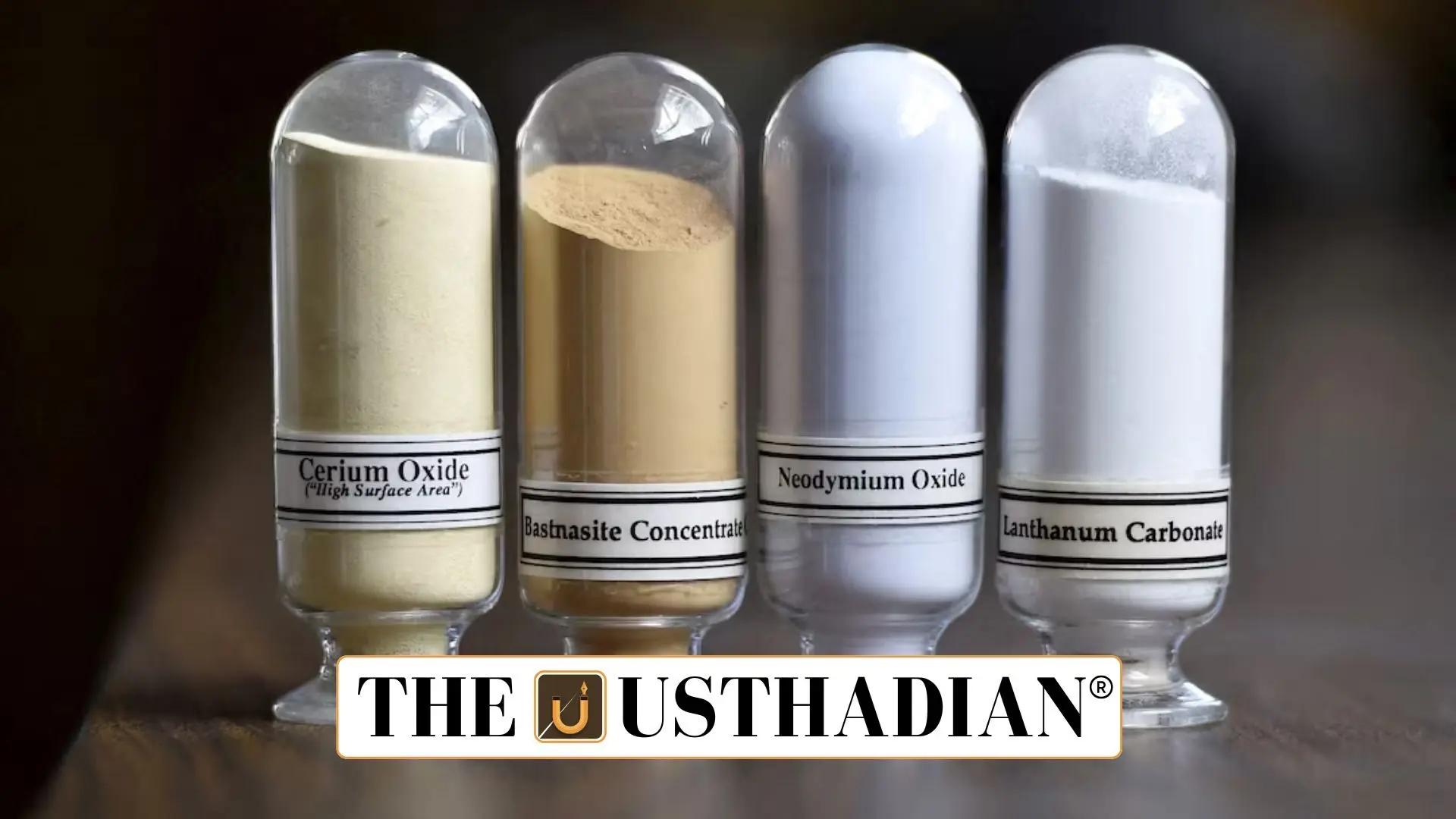India puts domestic needs first
India Halts Rare Earth Exports to Japan to Boost Domestic Supply: In a bold move, India has paused its rare earth exports to Japan, ending a 13-year-old supply arrangement. This decision marks a turning point in India’s resource management strategy. With global demand for rare earths increasing and China imposing new export restrictions, India has chosen to secure its own supply chain first. The state-owned IREL (India Rare Earths Limited) has been directed to suspend shipments to Japan, especially of Neodymium, a critical element used in electric vehicle motors and wind turbines.
Why the agreement was important?
Back in 2012, India signed an agreement with Toyotsu Rare Earths India, a subsidiary of Toyota Tsusho. Under this deal, IREL mined the rare earths, and Toyotsu refined and exported them to Japan. This partnership helped meet Japan’s high-tech manufacturing needs, particularly after China’s 2010 rare earth embargo against Japan. Since then, India became a trusted backup supplier.
China’s restrictions bring new urgency
But now, history is repeating itself. In April 2025, China restricted rare earth exports, affecting the global market once again. China is still the world’s dominant player, handling over 80% of global rare earth processing. This triggered India to rethink its role. With domestic demand growing, especially for clean energy technologies, India decided it was time to invest more in its own processing and production capabilities.
India’s current position and plans
India currently holds the fifth-largest rare earth reserves, about 6.9 million metric tons. Despite this, the country lacks magnet-making facilities and imports a significant amount—over 53,000 metric tons of rare earth magnets in 2024–25. To fix this gap, India plans to:
- Extract 450 metric tons of Neodymium by 2026
- Double production by 2030
- Boost operations at sites in Odisha and Kerala
- Form new corporate partnerships to set up magnet production
- Roll out government incentives for local rare earth processing
These changes aim to reduce import dependence, especially on China, and make India a strong player in the global green technology race.
Balancing diplomacy and strategy
Although the move may strain ties with Japan temporarily, India is handling it diplomatically. Commerce Minister Piyush Goyal emphasized that the government is looking for a “mutually agreeable solution.” India wants to strengthen its own manufacturing while keeping strategic partnerships intact.
Rare earths are everywhere
Rare earth elements are found in electric vehicles, wind turbines, smartphones, defence equipment, and even medical imaging devices. As the world shifts toward greener technologies, these resources are becoming more valuable than ever. India’s decision to prioritise its internal needs is part of a broader global trend of countries seeking resource security.
Static Usthadian Current Affairs Table
| Summary | Details |
| Why in the news | India halts rare earth exports to Japan to focus on domestic needs |
| Japan agreement year | 2012, between IREL and Toyotsu Rare Earths India |
| Main material involved | Neodymium (used in EVs), along with Lanthanum and Cerium |
| Rare earth reserve rank | India ranks 5th globally with 6.9 million metric tons |
| India’s 2024-25 imports | 53,748 metric tons of rare earth magnets |
| Exported to Japan (2024) | Over 1,000 metric tons |
| India’s production goal | 450 MT of Neodymium by 2026, doubled output by 2030 |
| Major production states | Odisha (extraction) and Kerala (refining) |
| Cause of decision | Rising domestic demand, China’s export restrictions |
| Future plans | Indigenous processing, magnet manufacturing, govt incentives |








